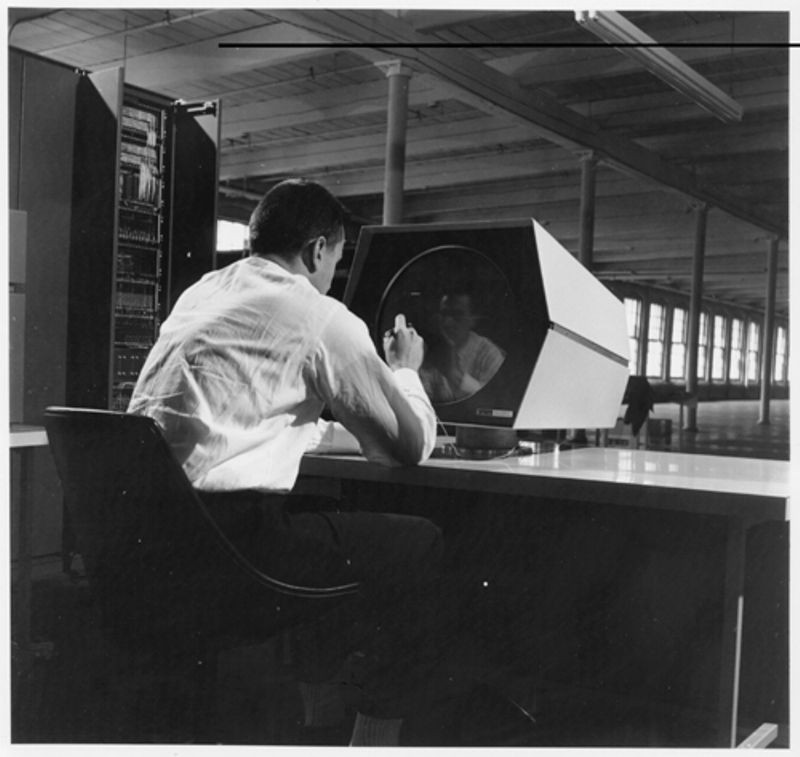Introduction

The launch of the PDP-1 (Programmed Data Processor-1) computer in 1959 marked a radical shift in the philosophy of computer design: it was the first commercial computer that focused on interaction with the user rather than the efficient use of computer cycles. It was also Digital Equipment Corporation’s (DEC) first computer.
Though the PDP-1 was produced in relatively small quantities (about 50), its impact was significant. For DEC it was the first in a long line of computers that focused on interactivity and affordability, changing the industry forever by foreshadowing what would become an entirely new class of computer: the “minicomputer.” By the mid 1960s, the minicomputer industry would flourish, allowing more people access to computers than ever before and leading directly to the development of important new operating systems and interfaces.
As the world's first commercial interactive computer, the PDP-1 was also used for process control, scientific research and graphics applications as well as to pioneer timesharing systems. The PDP-1 also made it possible for smaller businesses and laboratories to have access to much more computing power than ever before.
For the user, the PDP-1 represented an unprecedented freedom of human-machine interaction, spurring the creation of hacker culture at the Massachusetts Institute of Technology (MIT), Bolt Beranek and Newman (BB&N) and elsewhere. Inspired programmers would soon create early debugging, text editing, music and game programs, including the first computer video game, Spacewar!
Nearly 45 years after the announcement of the PDP-1, the Computer History Museum in Mountain View, California began restoring an original PDP-1 to working condition. The purpose of this restoration was to develop a deep technical knowledge of the machine, to collect materials and oral histories to understand the historic environment in which the PDP-1 was created, and finally to allow visitors to the Museum to have a direct and interactive experience with a historically-significant computer. The restoration of the PDP-1 was completed in October, 2005 and is now on display in the Museum’s Restorations Display Area.
This online exhibition provides an overview of the history of the PDP-1, the challenges faced in restoring it and digitized highlights from the Museum’s extensive collection of PDP-1 related materials.


